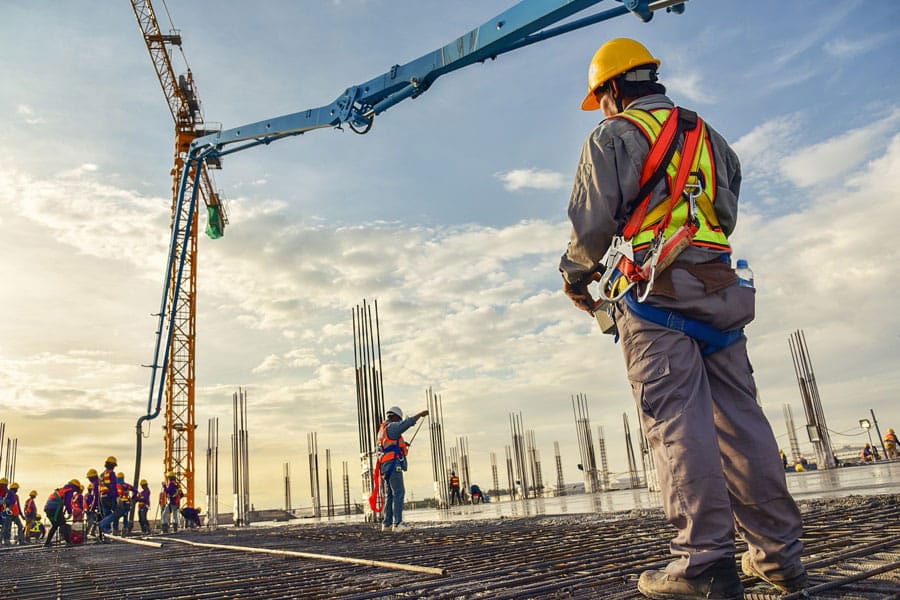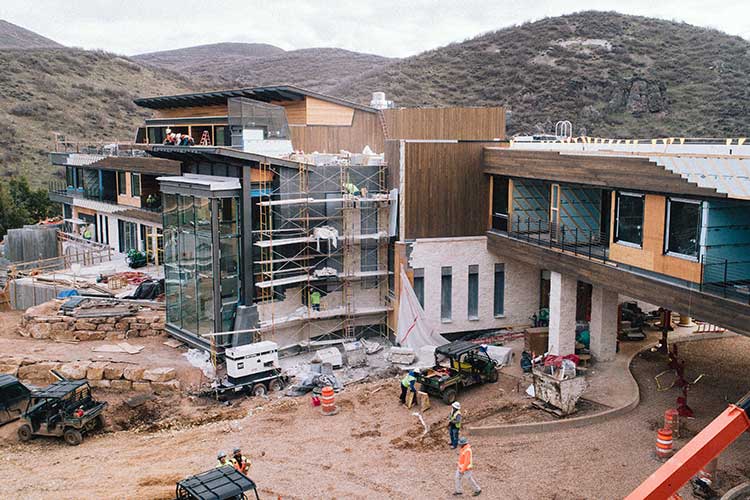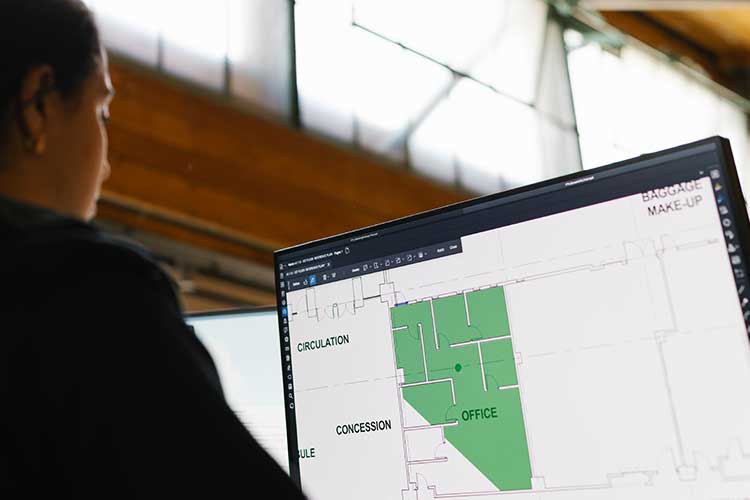The COVID-19 pandemic has radically changed the way many construction companies do business, with more uncertainty to come. Experts predict that it may take up to a decade for the United States economy to fully recover, with at least 80% of small businesses expecting the pandemic to influence their operations for at least a year. One thing that’s clear is that businesses that have best weathered the pandemic were prepared. One of the main reasons they were prepared is that they had already created a business continuity plan—a roadmap to resume normal business processes amid a crisis. Moreover, in addition to having a business continuity plan, these businesses were also ready to throw it out and adapt to new and evolving circumstances as they came to light.
What is a business continuity plan?
Ideally, business continuity plans should outline a company’s normal business processes and identify which are necessary to keep operations going during a crisis. Whether it’s a hurricane or an economic crisis or a pandemic, it should describe how to proceed if critical technology, staff or infrastructure are no longer available. A business continuity plan should also make clear to all employees the role they are expected to play.
The plan itself should be broad and detailed, including anything from IT redundancy to backing up digital records with paper copies to stockpiling emergency supplies. The importance of emergency supplies for the construction industry, for instance, became instantly clear as the COVID-19 pandemic took hold, as essential workers across industries scrambled to find the necessary personal protective equipment (PPE) to continue doing their jobs without putting themselves at risk.
Design a flexible plan
Most important, a business continuity plan should be adaptable.
Osburn Contractors, a concrete subcontractor in Dallas, Texas, had what Chief Operating Officer Daniel Harris calls “the bones” of a continuity plan in place already, but the pandemic was the first time the company had to implement it.
“From a standpoint of feasibility and functionality, there was most certainly a learning curve and some adaptability required to really get a plan in place that works,” Harris said. “Our leadership team hunkered down really quickly to walk through processes and understand what was working and what wasn’t working.”
Parker Young, president of Straub Construction in Shawnee, Kansas, connected daily with a group of contractors from across the U.S. to share strategies during the early days of COVID-19. With its centennial approaching, the company had already been evaluating its business practices and restructuring its management team. As a result, the management staff was primed to react to the pandemic, Young said.
So, when the pandemic hit, the company quickly outlined procedures for jobsites, including hand-washing stations and procedures for if someone onsite fell ill. More important was communicating with everyone the reasoning behind the company’s decisions. “It brought calm to a very tumultuous situation,” Young said.
From the beginning, Straub was running analytics for weeks or months out to see how long the company could survive and maintain payroll. “It set the tone in the very beginning that as a unit, as a family, we were all going to get through this together,” Young said.
Learn from the experience
Osburn’s Harris agreed with the importance of a people-first business continuity plan. When the company first shut down its Dallas office, management was worried—but not about productivity. Osburn employees seamlessly transitioned to remote work, Harris said, thanks to the company’s focus on technology and communication skills in its hiring process. “That’s been dramatically helpful for us,” Harris said. “Our people didn’t miss a beat.”
Rather, Harris was concerned about employees’ work-life balance. As many Americans have learned, the lines between work hours and personal time blur when working from home. Fortunately, Osburn found that not only were many of its employees more efficient, but they were able to complete their work and spend more time with their families.
“We’ve certainly drawn a lot of lessons from this,” Harris said. For example, some of the staff will never return to work in the office full time, although collaborative meetings will still take place there, Harris said.
“For us, the biggest strategy is just to not go back to doing what we were doing before for the sake of doing what we were doing before,” Harris said. “That’s the same mentality that’s constrained progress and adaptability in the North American workplace for 60 years. At the end of the day, it should be about what’s most efficient, what takes care of our people and what in turn takes care of our business”
Keep planning
Many businesses are learning from the current pandemic and planning now for the next crisis but resist the urge to base a business continuity plan entirely on crises that have already happened. While another pandemic is all but inevitable, not every disaster will look like this one.
Many companies’ strategic plans were built on information gathered “in a growing economy with very little turbulence,” said DeWayne Ables of the business management consulting firm PioneerIQ. “That is not what the plans need to be based on going forward.” Many larger companies spend as much as 10 days every month updating their continuity plans, according to FEMA.
“Every crisis is going to have its own unique aspects, but if you have a foundation of trust and open communication and empowerment, then as a unit, as a team, you can navigate anything,” Young said. “That’s the takeaway for us. If that foundation is laid, you can build whatever structure you need to on top of it.”















